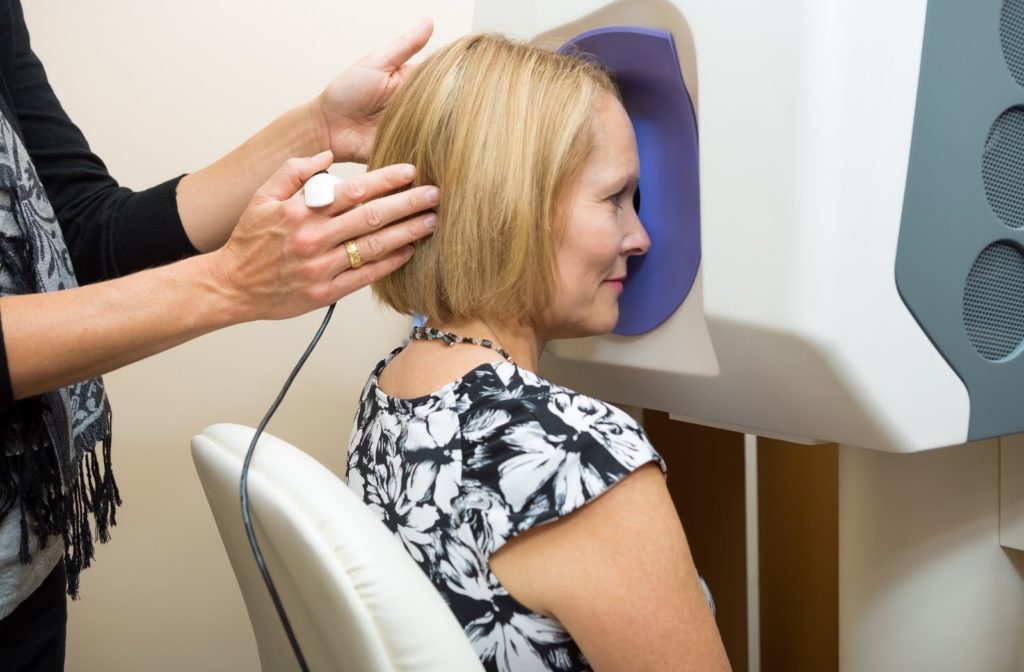Retinal imaging provides a better and more detailed picture of the back of your eye and helps your optometrist or ophthalmologist to identify the health of your eyes, and spot any potential concerns, in order to present the best solution for your vision correction needs.
What Can Retinal Imaging See?
Retinal imaging can see 3 main things:
- The retina. Where light and images hit.
- The optic disk. A spot on the retina that holds the optic nerve, sending messages to the brain.
- Blood vessels. To check the overall health of your eyes and spot certain diseases.
Being able to view these components of the eye allows optometrists and ophthalmologists to have a more precise image of what’s beyond the surface, and with different technologies and types of imaging machines available that are better suited for different specialties, this method is always progressing and evolving, so that you know which corrective measures may be required more precisely.
Eye doctors are more equipped to make recommendations as they are able to take multiple images over time and compare them to each other, in order to better monitor eye health and detect any subtle changes.
The Process
Your eye doctor will dilate your eyes using specialized eye drops, and begin scanning your eyes with a laser. This will then produce a digital image that gets uploaded to a computer so that the doctor can analyze them more closely. Overall, this process only takes a few minutes and is painless.
Following the imaging, your pupils will remain dilated for about 4 hours and could cause your vision to be a little blurry. It’s best to arrange transportation home whenever possible, even though many patients can drive themselves after the appointment.
Who Needs Retinal Imaging?
If you have certain eye conditions, it may be best to incorporate retinal imaging into your regular eye exams. These conditions are:
- Diabetes. May damage the blood vessels in your eyes. If not managed, loss of sight may occur.
- Glaucoma. Fluid buildup in the eye causes damage to the optic nerve and may cause vision loss.
- Macular degeneration. Typically occurs with age and can cause sight to become blurry.
Are There Any Drawbacks?
Although retinal imaging is extremely helpful in identifying potential causes for concern, it’s unable to detect a disease where the retina may be bleeding, and may not see problems on the outer edges of your retina. For this reason, it’s important to consult your eye doctor about any specific concerns that you may have or would like looked into.
Your optometrist can provide more detailed information and clarity in regards to your overall eye health, so be sure to schedule regular visits as needed.



